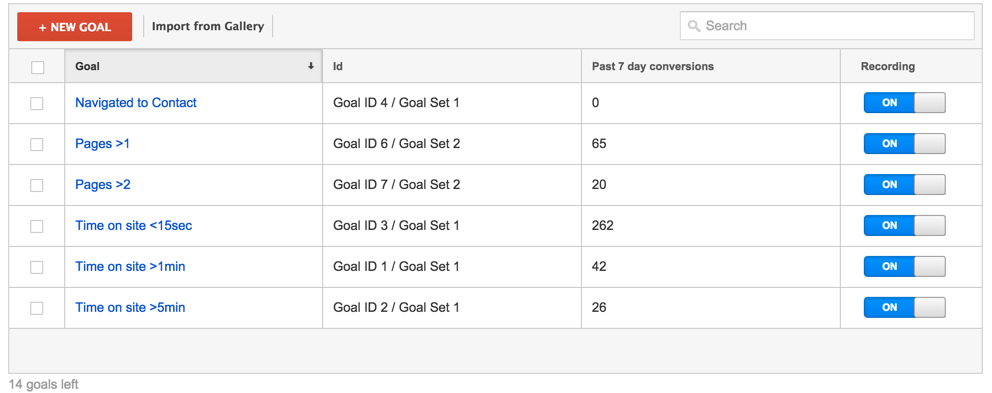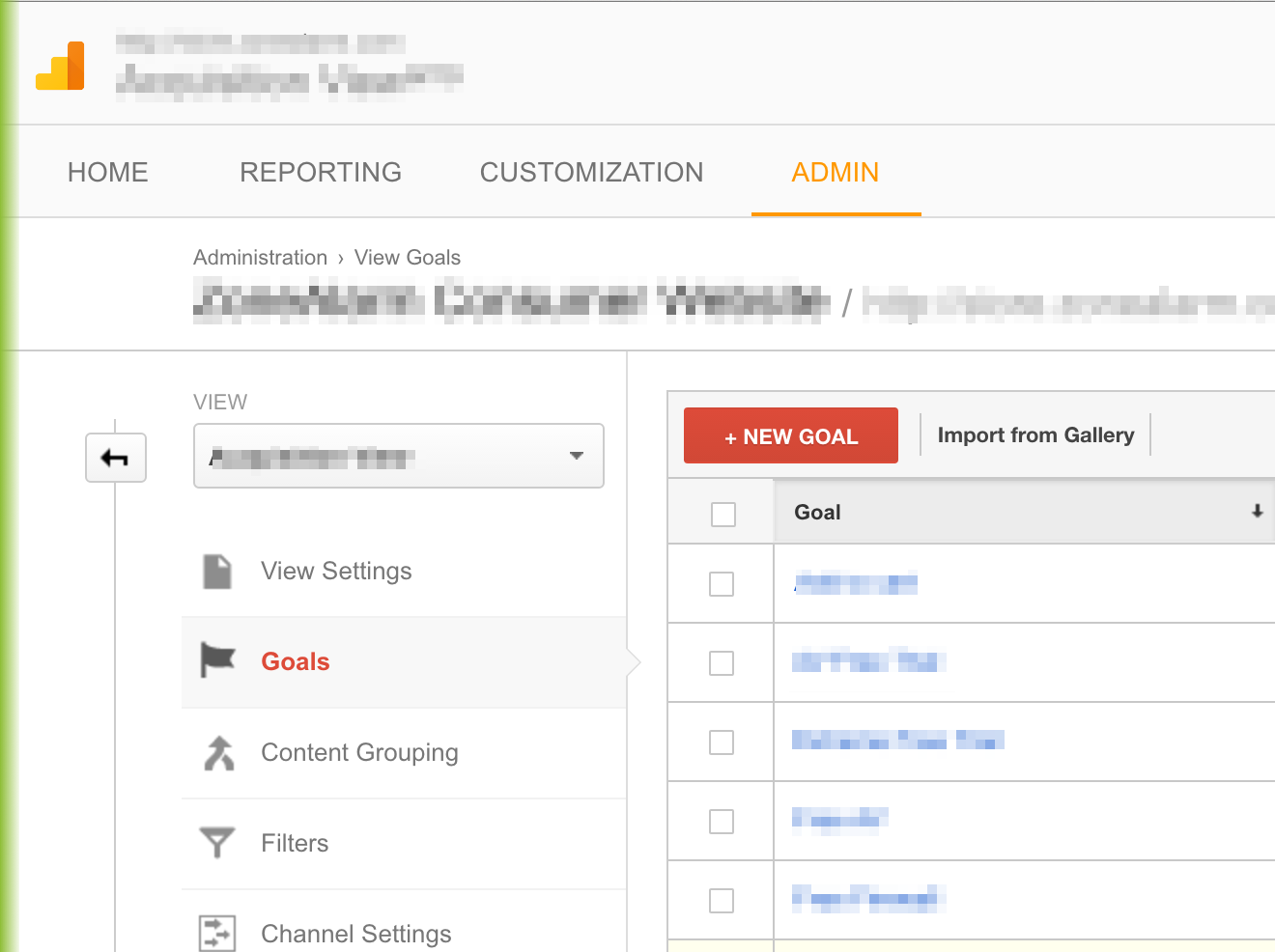Trick Insights on What Data Is Google Analytics Goals Unable to Track
Trick Insights on What Data Is Google Analytics Goals Unable to Track
Blog Article
Introducing the Blind Spots: Understanding What Google Analytics Goals Can not Determine
In the realm of digital analytics, Google Analytics stands as a powerful device for tracking and analyzing on-line individual interactions. Recognizing what Google Analytics goals can not measure is critical for getting an extensive sight of individual behavior and involvement.
User Actions on External Platforms
Understanding exactly how users engage on external systems is important for optimizing on the internet strategies. Outside platforms, such as social media sites networks, recommendation internet sites, and on the internet discussion forums, play a considerable duty in driving web traffic to a firm's site. By assessing individual actions on these platforms, services can obtain useful understandings into the efficiency of their advertising and marketing efforts and the preferences of their target market.
One key element of customer behavior on exterior platforms is the referral resource. By tracking where the users are coming from, companies can identify which systems are driving one of the most traffic to their internet site. This info can aid companies assign their resources better, concentrating on the systems that generate the very best outcomes.

Offline Conversions and Communications
Analyzing customer behavior on external platforms offers valuable understandings into online approaches; nevertheless, thinking about offline conversions and interactions is similarly crucial for a comprehensive understanding of a firm's total performance. Offline conversions, such as in-store acquisitions or phone questions, play a considerable role in lots of companies' success.

Acknowledgment Beyond Last Click
When diving into the realm of electronic advertising and marketing analytics, it becomes necessary to look past the single touchpoint of the last click for a much more detailed understanding of acknowledgment. While Google Analytics gives valuable insights into user behavior, counting entirely on last-click acknowledgment can be restricting - what data is google analytics goals unable to track. Acknowledgment designs that go beyond the last click provide a much more nuanced sight of the client trip, taking into consideration all the touchpoints that result in a conversion
Attribution beyond the last click enables marketing experts to appoint credit to various communications along the conversion course, providing a clearer picture of the effectiveness of various advertising and marketing channels. By exploring multi-touch attribution versions such as straight, time decay, or position-based attribution, businesses can much better designate their advertising budget plans and optimize their approaches for optimal impact.
Recognizing the impact of each touchpoint in the conversion process is important for making informed choices and maximizing ROI. By welcoming attribution past the last click, businesses can get much deeper understandings into this website client habits and customize their advertising efforts a lot more successfully.
Cross-Device and Cross-Browser Tracking

Likewise, cross-browser monitoring enhances cross-device monitoring by capturing individual habits as they switch between different internet internet browsers. Recognizing just how individuals engage with internet sites on various browsers can help marketing professionals maximize their on-line experiences to make certain consistency and functionality across different platforms.
Qualitative Data and User Intent
Understanding user intent through qualitative data analysis is essential for developing targeted digital marketing techniques that resonate with the requirements and preferences of the target audience. Qualitative information supplies understandings into the 'why' behind user actions, shedding light on motivations, emotions, and choices that measurable data alone can not capture. By evaluating user comments, comments, and interactions, marketing experts can reveal useful info concerning individual intent, enabling them to tailor their messaging, content, and offerings to better line up with what their target market is looking for.
Qualitative information additionally helps in recognizing the context in which users engage with a site or app. This contextual understanding enables marketing experts to develop even more personalized and pertinent experiences, inevitably driving greater engagement and conversion prices. By delving right into individual intent through qualitative data evaluation, services can link gain a much deeper understanding of their target audience, leading to extra efficient marketing methods that meet customers' needs and assumptions.
Conclusion
In verdict, Google Analytics goals have constraints in measuring customer behavior on outside platforms, offline conversions, attribution past last click, cross-device and cross-browser monitoring, and qualitative data connected to user intent. what data is google analytics goals unable to track. It is crucial for businesses to be knowledgeable about these dead spots in order to supplement their data evaluation with various other tools and techniques to my sources obtain a much more thorough understanding of their audience and improve their general electronic marketing techniques
By assessing individual habits on these systems, businesses can acquire useful understandings into the effectiveness of their advertising initiatives and the choices of their target audience.
Analyzing individual habits on exterior systems provides valuable insights into on the internet approaches; nonetheless, considering offline conversions and interactions is similarly imperative for an extensive understanding of a company's general performance.In digital advertising analytics, moving beyond last-click attribution to check out cross-device and cross-browser tracking is vital for getting an all natural understanding of customer communications throughout different platforms and gadgets. By assessing customer comments, comments, and interactions, marketing professionals can discover important information about individual intent, allowing them to tailor their messaging, web content, and offerings to better straighten with what their target market is seeking.
By delving into customer intent through qualitative data evaluation, businesses can get a deeper understanding of their target audience, leading to much more effective marketing strategies that fulfill users' assumptions and requirements.
Report this page